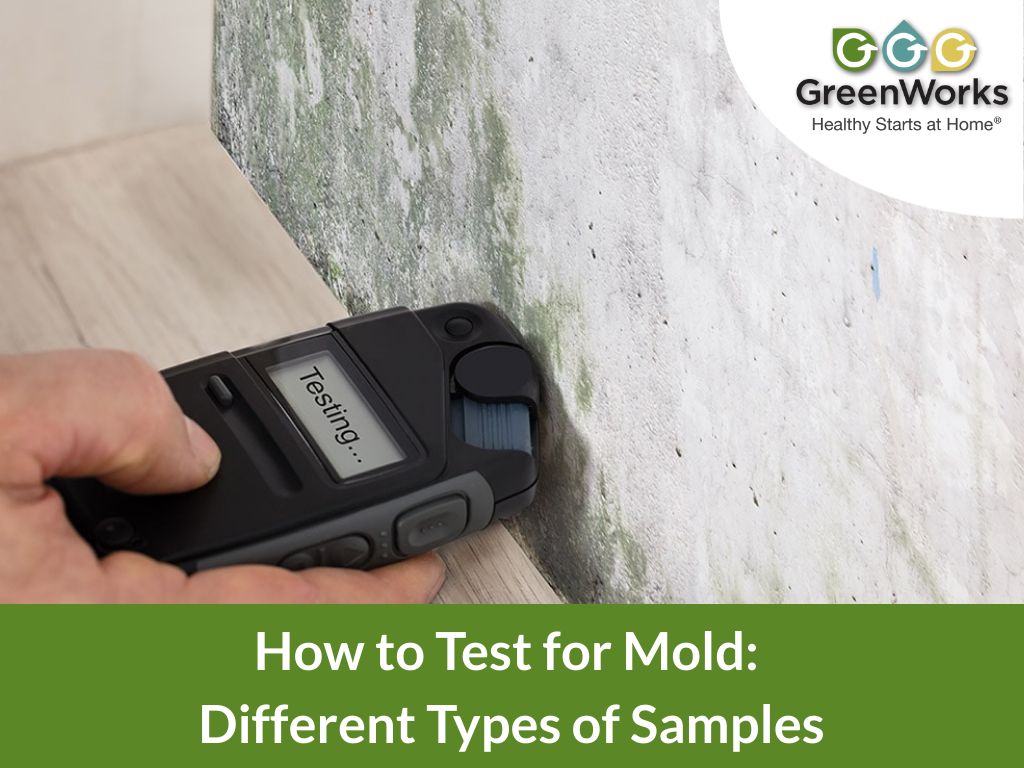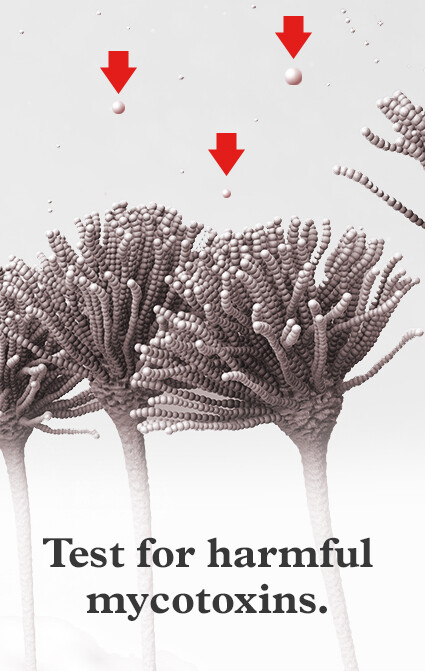How Mycotoxin testing Services Can Safeguard Your Products
How Mycotoxin testing Services Can Safeguard Your Products
Blog Article
Just How Mycotoxin Testing Assists Protect Against Contamination and Guard Food Products

Mycotoxin screening is an essential technique in the food sector, serving as a frontline defense versus contamination by damaging toxic substances created by mold and mildews. With the application of innovative techniques like High-Performance Fluid Chromatography (HPLC) and Liquid Chromatography-Mass Spectrometry (LC-MS), food producers can properly discover and evaluate mycotoxin degrees in farming items.
Comprehending Mycotoxins
Understanding mycotoxins begins with identifying that they are harmful secondary metabolites produced by specific molds, which can infect agricultural items. These metabolites are not necessary for the development or reproduction of the fungis however can have extreme implications for animal and human health and wellness. Mycotoxins are generally located in staple plants such as corn, wheat, barley, and nuts, where they can multiply under particular conditions of dampness and temperature.
There are numerous kinds of mycotoxins, each created by different fungal species. Aflatoxins, created by Aspergillus species, are among one of the most well-known, recognized for their cancer causing residential or commercial properties. Another significant team consists of ochratoxins, produced by Aspergillus and Penicillium types, which have nephrotoxic effects. Fusarium species create fumonisins and trichothecenes, both of which are associated with various acute and persistent wellness problems.

Risks of Mycotoxin Contamination
The dangers of mycotoxin contamination are multifaceted, posing considerable threats to both food safety and public health. Mycotoxins, hazardous substances created by specific sorts of fungis, can contaminate a vast variety of agricultural items including grains, nuts, spices, dried out fruits, and coffee. Once these contaminants penetrate the food supply, they can cause severe health and wellness issues such as liver damage, kidney failure, and even cancer. At risk populaces, consisting of kids, the elderly, and immunocompromised people, are especially in jeopardy.
Financial influences are one more major problem. Contaminated plants can result in substantial financial losses for farmers and food producers because of minimized yields and the demand for expensive purification measures. Furthermore, international profession can be significantly impeded as nations enforce stringent mycotoxin policies to shield their populations, resulting in declined deliveries and strained trade connections.
Ecological elements such as environment change intensify the danger of mycotoxin contamination. Variants in temperature level and moisture can create positive conditions for fungal growth, boosting the possibility of contamination occasions. Hence, understanding and minimizing these dangers are essential for ensuring the safety and security and stability of international food products.
Techniques of Mycotoxin Testing
Accurately determining mycotoxin contamination in agricultural products is crucial for protecting public health and wellness and preserving food safety criteria. Different approaches are utilized to find and evaluate mycotoxins, each offering certain advantages and limitations.
High-Performance Fluid Chromatography (HPLC) is a widely used technique due to its high level of sensitivity and precision. It entails separating mycotoxins from various other compounds in an example, allowing accurate quantification. Liquid Chromatography-Mass Spectrometry (LC-MS) incorporates liquid chromatography with mass spectrometry to provide thorough molecular information, making it specifically useful for recognizing several mycotoxins at the same time.

Gas Chromatography-Mass Spectrometry (GC-MS) and Thin-Layer Chromatography (TLC) are additionally used, each with distinct applications. GC-MS is effective for unstable mycotoxins, while TLC supplies a simpler, affordable choice for initial next testing.
Benefits of Regular Evaluating
Routine testing for mycotoxins in agricultural items provides numerous benefits, considerably adding to public health and food security. By identifying contamination early, regular testing helps prevent the distribution of toxic foods, thus minimizing the danger of mycotoxin-related ailments amongst consumers. This aggressive technique not just safeguards human health however additionally boosts the overall quality of food supplies.
Different countries and regions have developed stringent restrictions for mycotoxin levels in food and feed. Sticking to these restrictions through regular testing makes sure that manufacturers and distributors meet lawful requirements, therefore staying clear of fines and trade barriers.
Furthermore, routine mycotoxin screening can result in substantial economic advantages. Early discovery of contamination enables go to the website prompt treatment, decreasing prospective losses from widespread contamination. Carrying out regular testing procedures can additionally decrease recall expenses and relevant liabilities, which can be financially devastating.
Additionally, regular testing offers beneficial data that can educate far better farming methods and storage space problems. By understanding patterns of contamination, manufacturers can embrace precautionary steps, thus minimizing future dangers and contributing to the sustainability of the food supply chain.
Carrying Out Testing Protocols
Executing efficient mycotoxin screening protocols is vital for making sure the safety and high quality of farming products. Developing a robust screening structure includes multiple crucial actions, starting with the identification of possible contamination points within the manufacturing and supply chain. This includes pre-harvest, post-harvest, storage, and distribution stages. Each phase must be scrutinized to identify where mycotoxin contamination is more than likely to take place.
Once critical control points are recognized, selecting ideal testing techniques is important. Typical techniques include enzyme-linked immunosorbent assay (ELISA), high-performance fluid chromatography (HPLC), and mass spectrometry (MS) Each method has its weak points and toughness; therefore, picking the appropriate one depends on the details mycotoxin being checked, the called for sensitivity, and offered sources.

Finally, integrating the testing procedures into a detailed food safety administration system is advisable. This enhances traceability and makes it possible for quick corrective actions when contamination is discovered, thus securing the integrity of the food supply chain.
Conclusion
Mycotoxin screening is vital in protecting against contamination and safeguarding food products by enabling early detection of hazardous toxic substances produced by mold and mildews in farming products. Routine screening enhances brand track record, financial security, and trust in food safety by lessening contamination-related losses and preserving high requirements in food production.
Mycotoxin screening is a crucial method in the food industry, offering as a frontline protection versus contamination by unsafe contaminants generated by molds. An integrated approach entailing agricultural techniques, storage administration, and normal screening can reduce the dangers connected with mycotoxin contamination, ensuring food safety and public health.
The threats of useful reference mycotoxin contamination are complex, positioning considerable dangers to both food safety and public health.Normal testing for mycotoxins in agricultural items provides various benefits, dramatically contributing to public health and wellness and food safety and security.Mycotoxin screening is necessary in protecting against contamination and safeguarding food supplies by making it possible for very early discovery of dangerous contaminants produced by molds in agricultural products.
Report this page